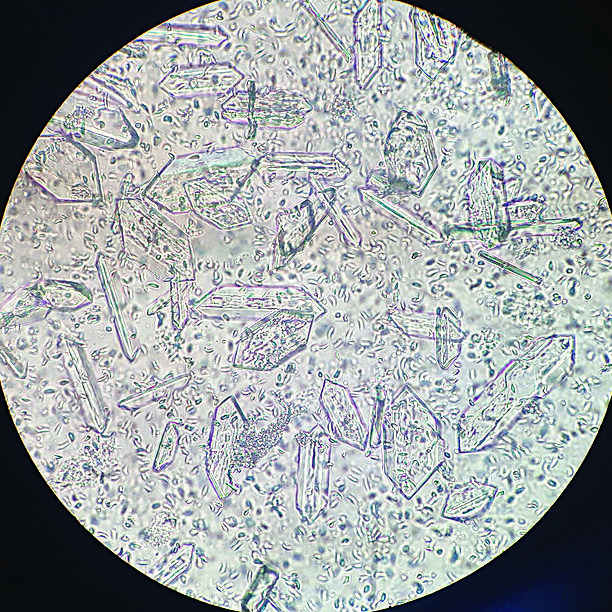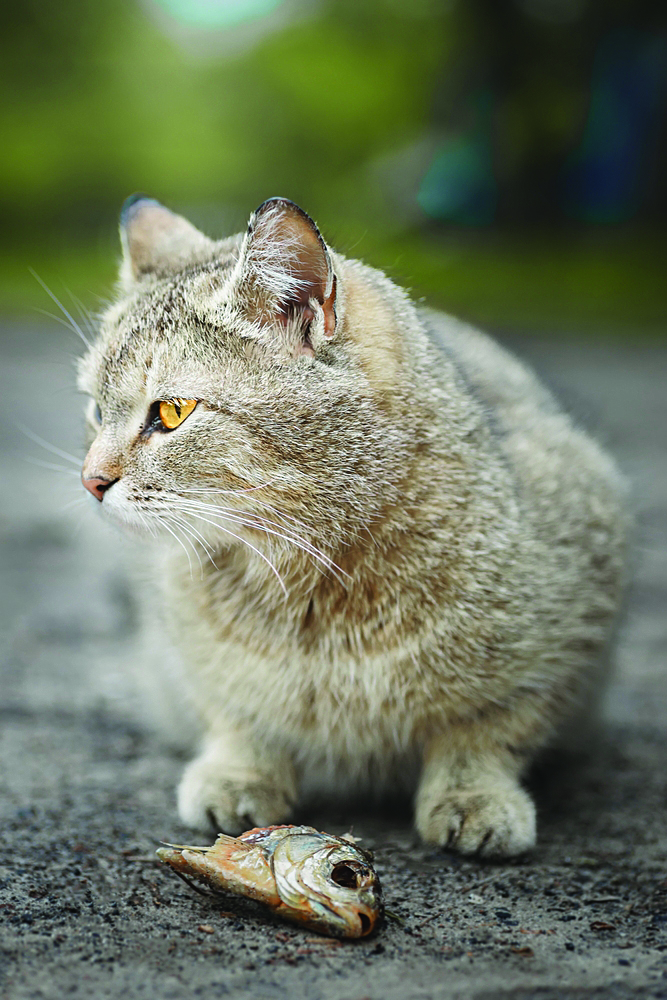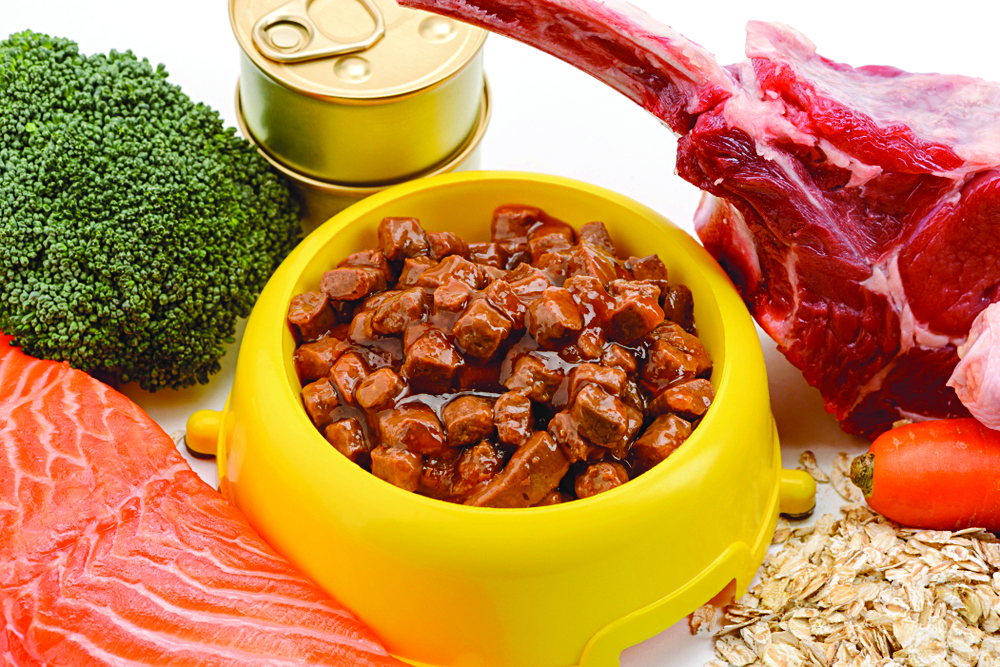
Crystals are common in the urine of Cats. Typically, they display no symptoms but on occasion, Cats are likely to urinate outside of their litter box or perhaps urinate excessively, inadequately, or not at all.
A urine test performed by the veterinarian is sufficient to determine what is causing these symptoms. Struvite and calcium oxalate are among the most commonly diagnosed crystals. Then again, this may be either a medically significant issue or a mere coincidence.
Crystals can cause discomfort or pain when a Cat pees, which may be why they tend to find places other than the litter box to do their business.
WHAT CAUSES CRYSTALS?
Crystals are usually caused by excess nutrient content in cat food. In some cases, it may just be a handling mistake made while the pee sample is being collected.

Common nutrients that may cause the formation of crystals include protein, potassium, phosphorus, magnesium, calcium, sodium, and Vitamin B6.
Aside from these, urinary tract infections, inadequate water intake, and stress are also contributing factors.
If left untreated, crystals can form into stones, which can pose more problems for your Cat.
WHAT TYPE OF FOOD LEADS TO CRYSTALS?
As previously stated, crystals are caused by many factors. It is essential to check the nutrient content of food for a complete and balanced diet tailored to the Cat’s need.
Some commercial diets are tested and regulated to ensure their nutritional adequacy and safety. Likewise, a carefully planned homemade diet may also be adopted.
Age must be considered, because nutritional requirements change as Cats get older. Kittens must be fed to meet growth requirements, while adults are fed depending on any health needs.

WHAT TYPE OF FOOD IS IDEAL FOR CATS?
Species-appropriate food for Cats include wet food and raw food. These types of food are closest to the prey they eat in the wild.
It is important to note that for a human guardian to prepare raw food, they would need to do some research and ensure that their Cat is getting all the nutrients they need. Consultation with a Cat nutritionist is ideal.

ARE ALL TYPES OF WET FOOD OKAY?
Not all wet food is made equal. Some have ingredients that lead to stomach upset. Others are made with Fish as the main ingredient, which, if consumed as a staple source of protein, can lead to many other issues. (Fish oil as an ingredient, however, is deemed safe for feline consumption.)
However, as a rule, wet food is usually better than kibble, no matter how seemingly superior the kibble is, and no matter how seemingly inferior the wet food is.
CAN WET FOOD REVERSE AND PREVENT CRYSTALS?
Dry food, semi-moist food, and wet food have different levels of moisture and come in a variety of forms. Wet food may provide a comprehensive and well-balanced nutritional profile, or they may be nutritional supplements or treats that have been canned or packaged.
Cats have a very low thirst drive because their bodies are geared to obtain the water they need from the food they eat. Consuming wet food helps to keep the urinary tract healthy and maintain their overall health.
One human guardian who wishes to stay anonymous recounted their observation that their Cat’s crystals disappeared after switching from kibble to high-quality wet canned food. This was prescribed by their veterinarian, since they had seen that it was effective in reducing crystals in the majority of their prior cases. The vet added that if the Cat was not reacting well to the prescribed food, then they should “feed [the] Cat with ordinary quality wet food and [acidify] it with methionine.”
They were advised to provide an appropriate supply of water given that a Cat’s overall water intake could affect their inclination to developing crystals.

SHOULD YOU BE CONCERNED IF YOUR CAT IS DRINKING LESS THAN USUAL?
It depends. If a Cat has transitioned to wet food, it is likely that they are visiting their water bowls a lot less because they are getting enough moisture from their food.
In this case, it’s actually a good sign! It means that the Cat now has a healthy amount of water in their food, which is how they ideally get their water intake in the wild.
Make sure your Cat has been staying away from the water bowl for no other reason, however. Cats who feel sick, for instance, might not be in the mood to eat or drink. It helps to pay attention to their behavior, eating habits, and even how much they poop and pee.

HOW ARE CRYSTALS TREATED?
Management is always multifactorial. Getting a prescription from a veterinarian and, ideally, a diet prescription from an animal nutritionist, could help a Cat recover.
A therapeutic diet for the urinary tract may help reduce crystals, especially if stones are present. Therapeutic diets are modified in terms of their nutrient components, which facilitate dissolution of crystals; however, they are not to be given indefinitely, as they only address one part of the problem. They don’t address whatever caused the crystal formation, which should be identified and addressed properly.
Veterinarians will usually employ a multi-pronged approach for treating crystals after identifying the cause and understanding how the problem developed. Likewise, human guardians must always provide adequate water for their Cats and a stress-free environment.
If your vet gives your Cat prescription kibble for crystals, you might want to opt for prescription wet food instead. Brands that offer prescription food for urinary issues usually have both dry and wet food varieties.







